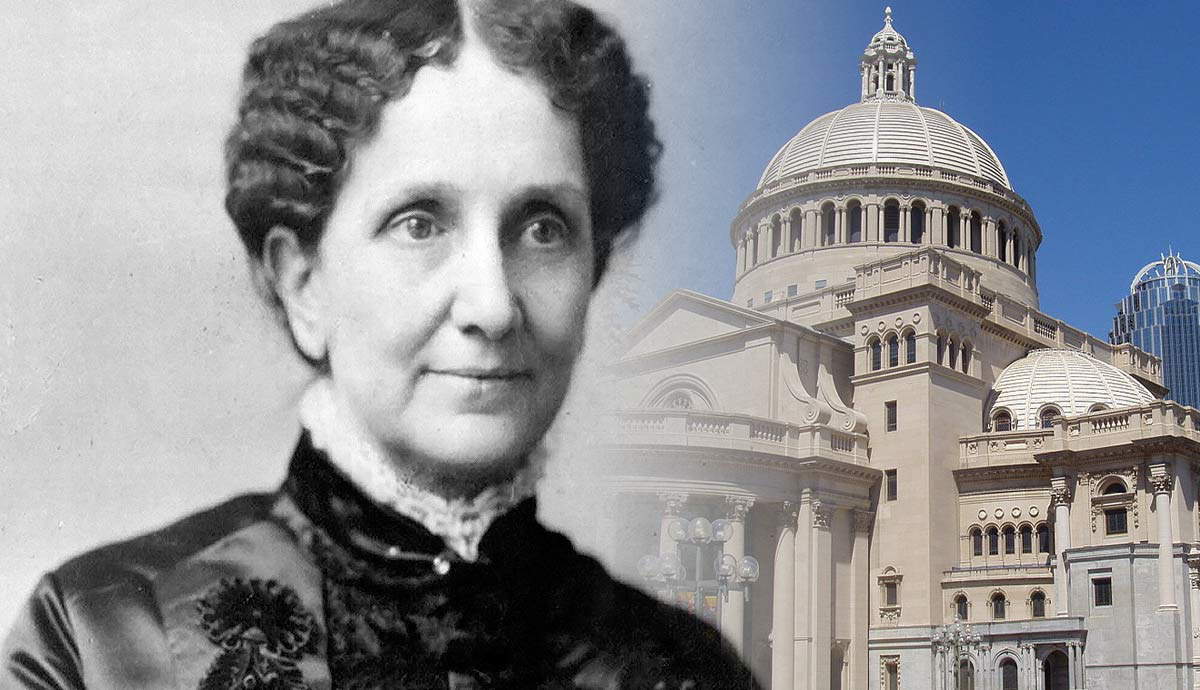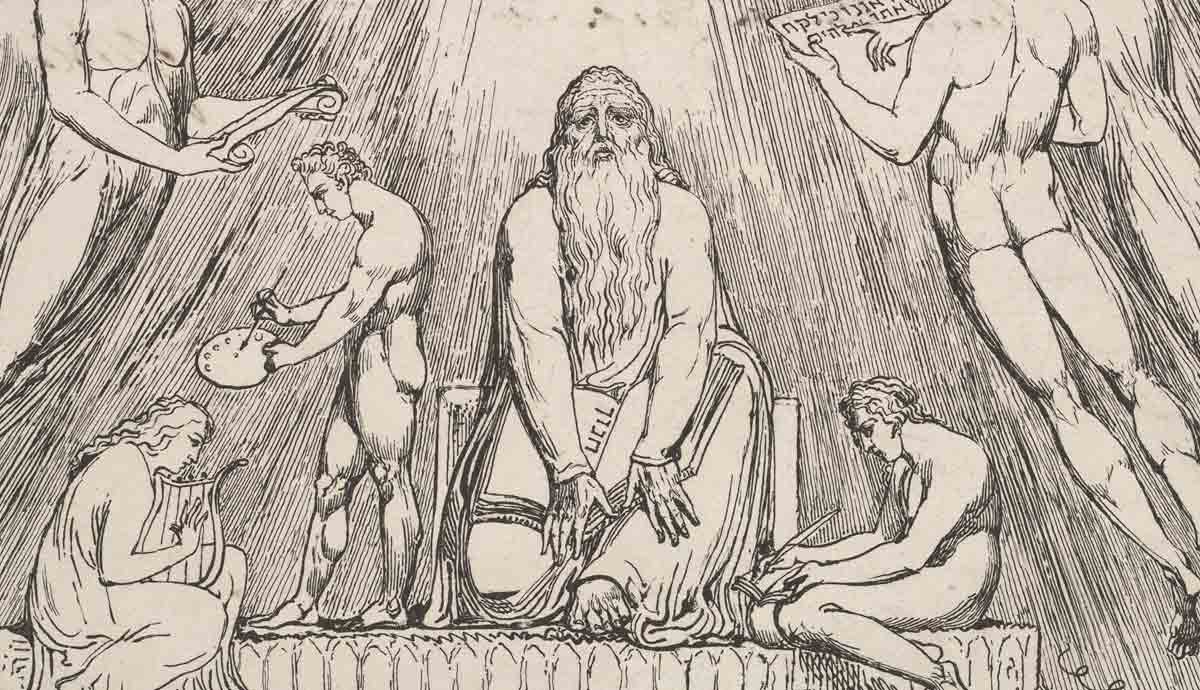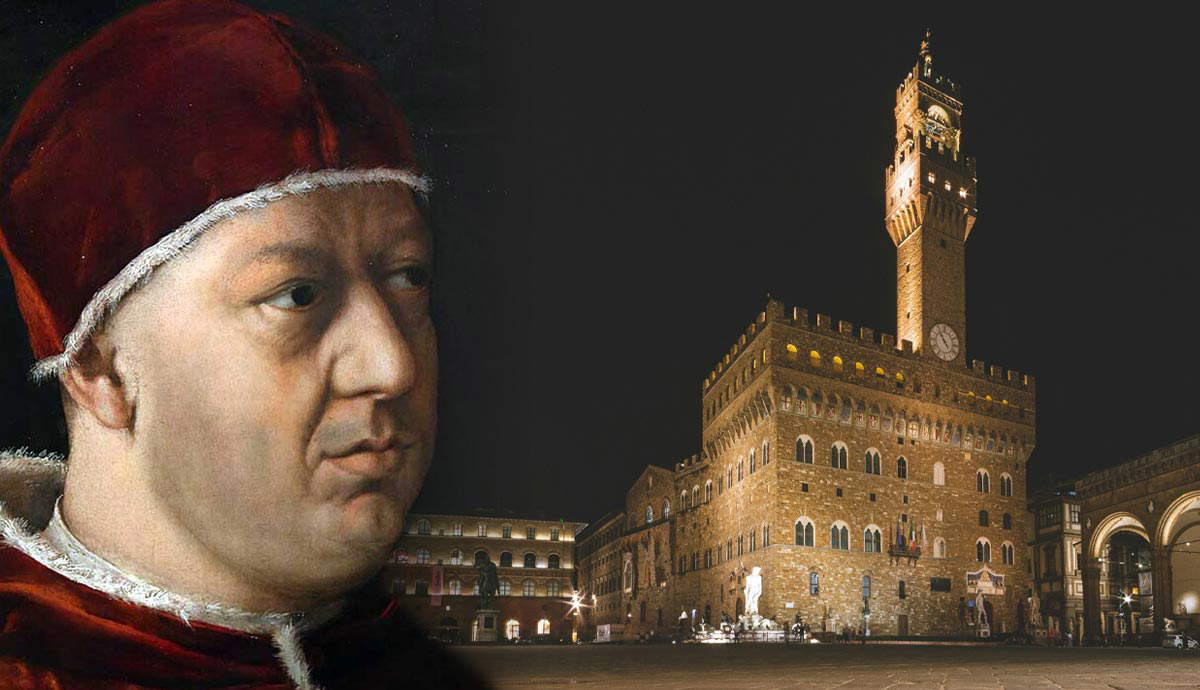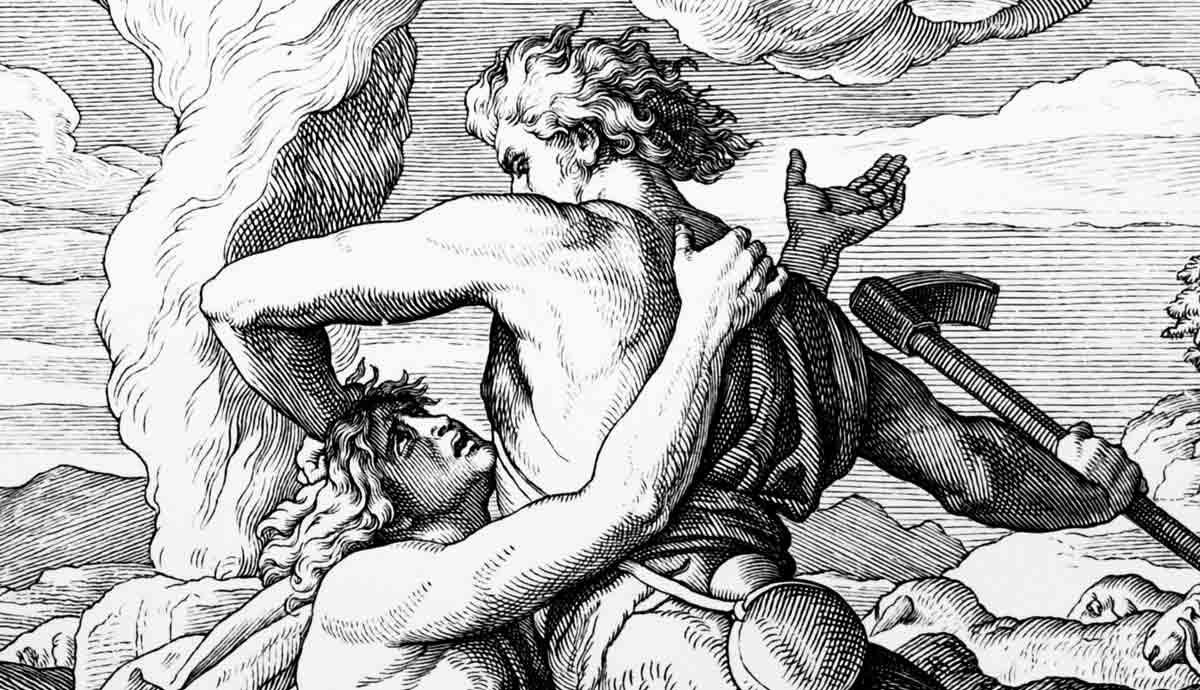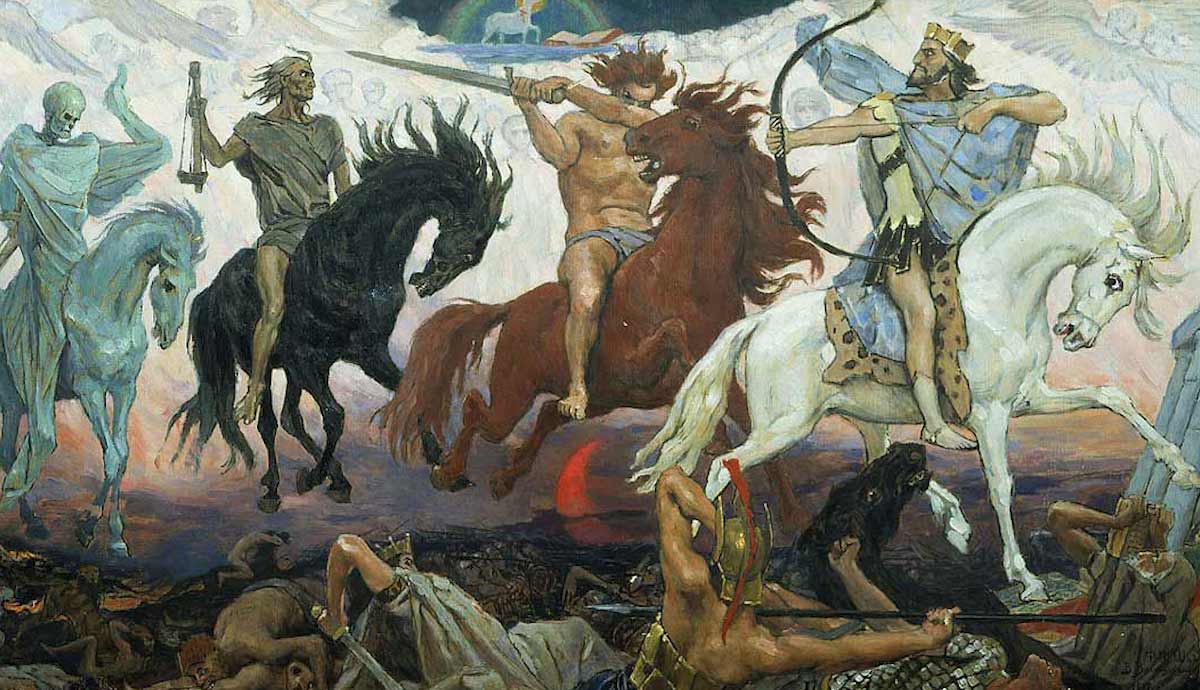
The Four Horsemen of the Apocalypse is one of the first images people conjure up when they think of the Book of Revelation. It is one of the most iconic scenes in the book, though it spans only a few verses.
The first horseman carries a bow. The Bible narrative associates him with conquest and conquering. Some view this rider of a white horse as pestilence rather than conquest. The second rider seems warlike and rides a red horse. The black horse carries a rider with scales in his hands. He brings famine and scarcity. The last rider is Death on a pale horse.
The Four Horsemen Described

In Revelation, the first horseman rides a white horse and wears a stephanos crown — a crown of victory. He also holds a bow in his hand. Revelation 6:2 says: “he came out conquering, and to conquer.” It implies that the horseman will be successful in his pursuits.
The second horseman rides a fiery-red horse and takes peace from the Earth. The result of his actions is that people slaughter one another. The horseman receives a large sword, indicating the scale of the resulting conflicts.
The black horse carries a rider with scales in his hand. In ancient times, as today, people used scales to measure quantities. The scales determined the cost of goods when buying and selling. In this case, wheat and barley are in view. A voice speaks of the cost of the wheat and barley, indicating its scarcity. The voice also says not to hurt the oil and wine. Both were luxury items that poor people could not readily afford.

The fourth horseman rides a pale horse. The author identifies the rider as Death, and says that hades, which means “the grave,” followed him. The horse and rider receive authority to kill a quarter of the earth. Their methods are the sword, famine, pestilence, and wild creatures.
The four primary methods of apocalyptic interpretation assign different meanings to these symbols. We will briefly consider some possible interpretations using each method.
The Idealist Interpretation

According to the idealist interpretation of Revelation, these riders depict the battle between good and evil. Idealism does not recognize any historical, present, or future event in the symbols of Revelation. The idealist approach interprets the horses allegorically. They can represent almost anything the interpreter wants them to.
The idealist approach also does not assign a specific period to each horse. The symbols become timeless. They are applicable to all people at all times. It is arguably the most positive aspect of the idealist method of interpretation.
The Futurist Interpretation

As the name implies, futurism sees Revelation as depictions of events that lie in the future. The Four Horsemen are, thus, symbolic of four future events.
There are conflicting views of the first horseman within Futurism. The interpreter can view the white horse in a positive or negative light. Some claim the rider on the white horse is Christ. His conquest is the gospel message that conquers the hearts and minds of people. Others argue that the weapon he carries, and his conquering, is incompatible with Christ. They identify the rider as an imposter, impersonating Christ. Proponents of this view sometimes identify this rider as the antichrist.
The red horse depicts war and civil strife in the end times. Their work is a progression from and consequence of, the conquering of the first horseman. This horseman predicts civil unrest when people kill one another. Some see civil unrest in many parts of the world as a forerunner of the events the red horse represents.
Some futurists see the black horse as the fall of the monetary system and rampant inflation. It would result in a scarcity of food that threatens to impact even the rich. Affluent people would be used to having luxuries like oil and wine.
Following the sequence of horses and horsemen, the logical end would be death. That is the name of the rider on the fourth horse. The word “pale” does not adequately render the original meaning of the Greek word chloros, which would is more of a greenish tint.
The Preterist Interpretation

Preterists believe that Revelation details events and actors from the 1st century CE. Some Preterists identify the Four Horsemen as Vespasian’s four generals. During his campaign against Judea, these men were: Antiochus, Agrippa II, Sohemus, and Malchus.
An alternative interpretation sees the white horse as reminiscent of the Parthian mounted archers, known for riding white horses. The red horse depicts civil unrest, something commonplace to the Roman Empire in the 1st century CE. Likewise, famine and scarcity were common, which aligns with the black horse. The words “do not harm the oil and wine!” may point to social inequality. It may indicate that the rich were less affected by famine and scarcity. Other interpreters see the famine as a direct result of the siege of Jerusalem, in 70 CE. After the siege of Jerusalem, Titus sent 97,000 Jews into exile. Many of these exiles were either killed by the sword or by wild animals in arenas across the Roman Empire.
The preterist view presented above uses a literal interpretation of the symbols of the Four Horsemen. The white horse simply depicts a white horse. The famine is literal. The sword and wild beasts are literal swords and wild beasts.
There are many different preterist interpretations of the Four Horsemen. Not all take such a literal approach, however, preterists always limit the interpretation of Revelation’s symbols to the 1st century CE.
The Historicist Interpretation

Historicism believes Revelation provides a picture of the history of the Church from Christ’s time to the second coming and beyond. It interprets Revelation using Old Testament allusions and imagery. They recognize that 276 of the 404 verses of the Book of Revelation draw on the Old Testament. From the historicist perspective, the Four Horsemen represent the first four stages of church history.
In the Book of Revelation, white is always associated with Christ. The white horse and its rider represent the purity of the gospel in its early years from the day of Pentecost onward. The bow in the first rider’s hand likely reflects some Old Testament texts. Habakkuk 3:8-9, Isaiah 41:2, Zechariah 9:13-16, and Psalm 45:3-5, depict God on a horse with a bow in his hand. In Roman society, it was also traditional for a triumphant Roman general to ride on a white horse. The gospels proclaim Christ’s victory over sin and death.
Red is reminiscent of oppression and blood. It aligns with upheaval and people slaying one another. The use of the Greek word sphazō (to butcher, slay, or kill) indicates that those slain are martyrs. From the historicist perspective, the second horseman represents the persecution believers faced shortly after the establishment of the church. Several Roman emperors viciously persecuted Christians to eradicate the new-found religion.

The third horseman represents the scarcity of the light of Christ and depicts him as the “bread of life.” It indicates a lack of gospel proclamation. Historicists often associate this horse with the institutionalization of the Church. During that time many pagan principles, rituals, and teachings infiltrated the Church. This horseman depicts the time of Constantine and after.
The pale horse and horseman represent the fourth period of Church history. It portrays Papal supremacy. During this time, the Bible was not available to lay people. Interpreting it was the exclusive prerogative of the Roman Catholic Church.
The Four Horsemen, the first four of seven seals, correlate with the first four churches of Revelation 2 and 3. The periods these churches and horsemen represent are the same.
The Four Horsemen: Conclusion

Interpreters’ understandings of the Four Horsemen of the Apocalypse depend primarily on the method of interpretation they use. To the idealist, the horsemen do not symbolize any historical or future event. To the preterist, the horsemen represent events and people from the 1st century CE. To the Futurist, the horsemen speak to things that are in the future, shortly before the second coming of Christ. The historicist aligns the horsemen with different periods the church experienced. They also believe that the first four churches described in Revelation 2 align with the Four Horsemen of the apocalypse.
With each of the idealist, futurist, preterist, and historicist interpretations of Scripture, several interpretations of the Four Horsemen exist. This article presents a glimpse of the outcomes that arise from applying the different methods of interpretation to the first verses of Revelation 6.


